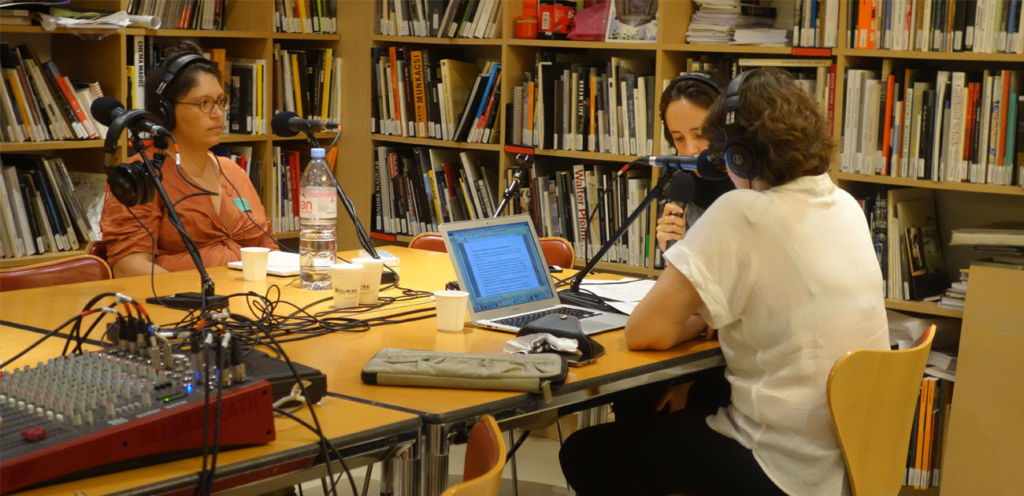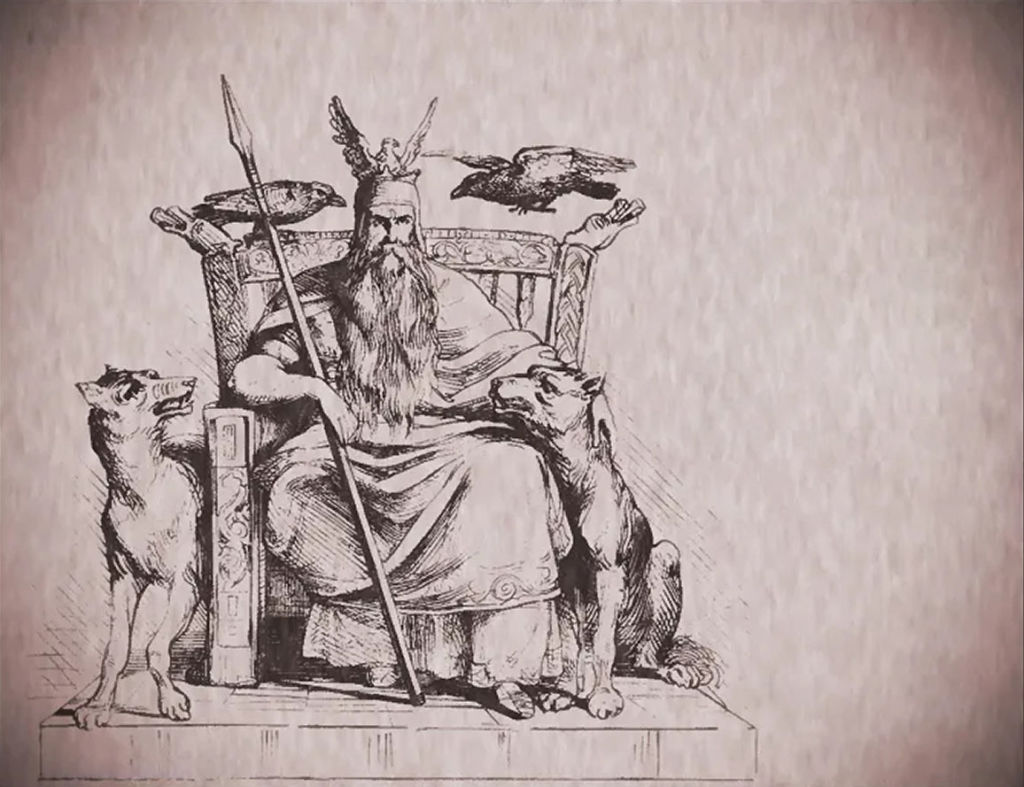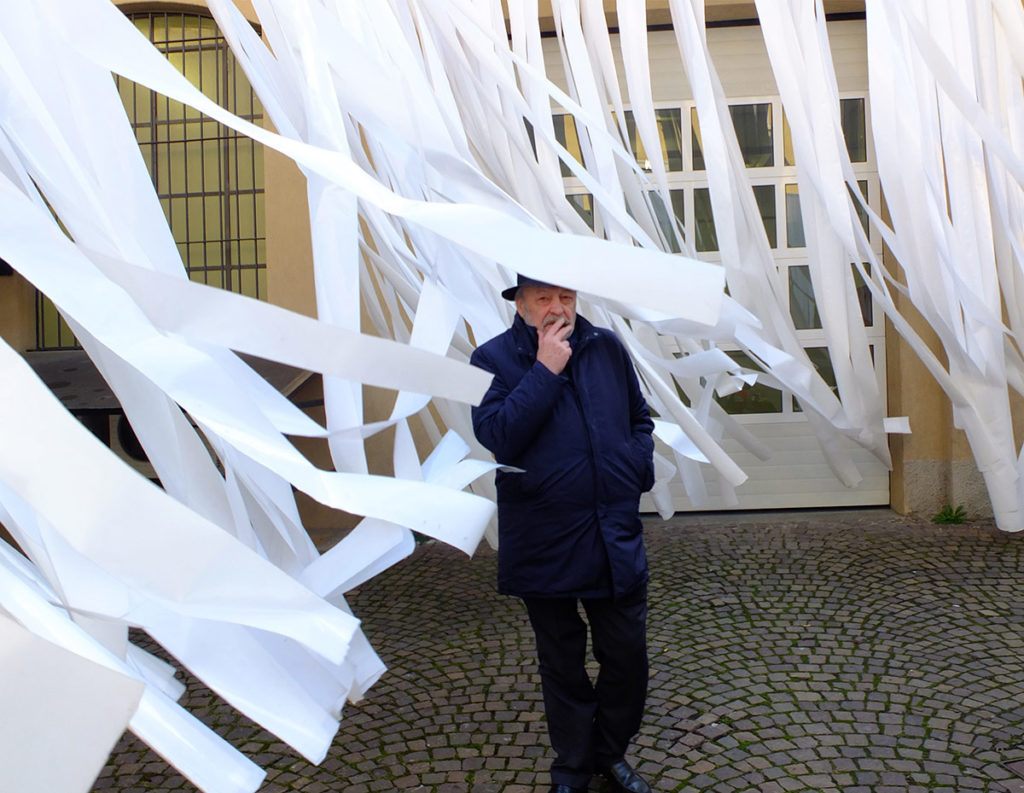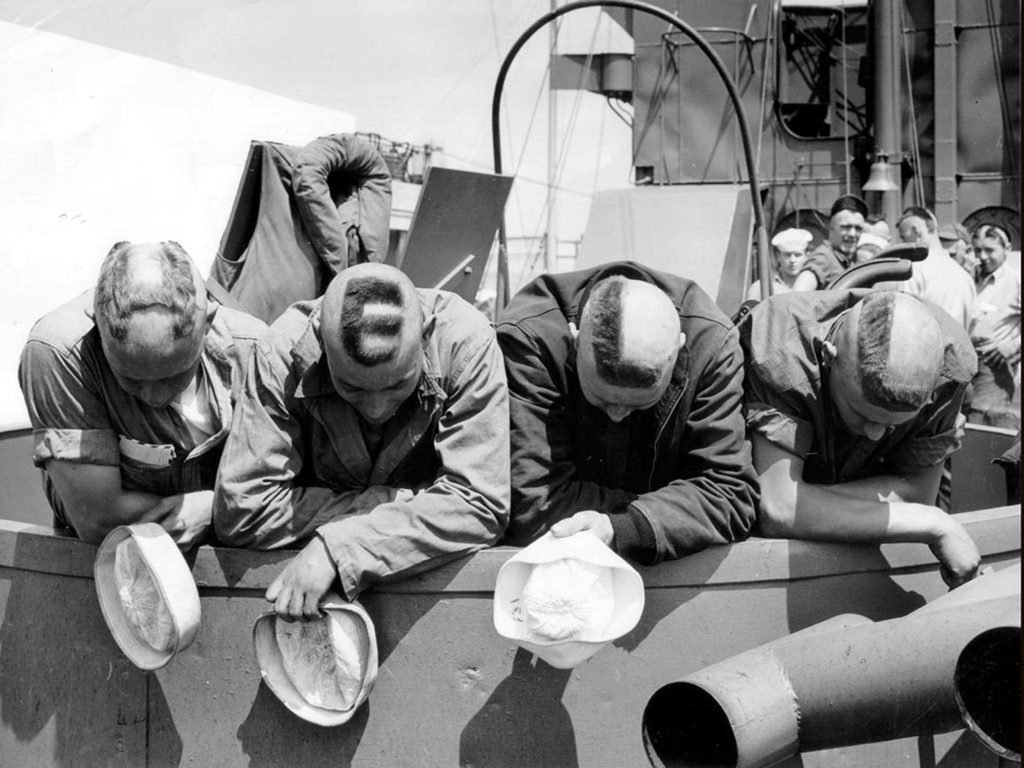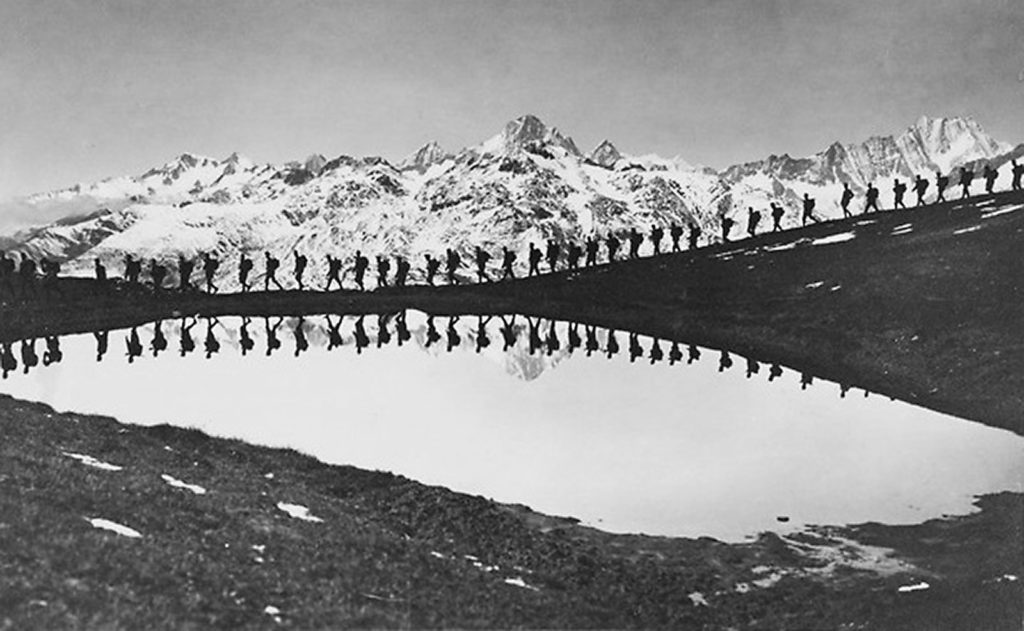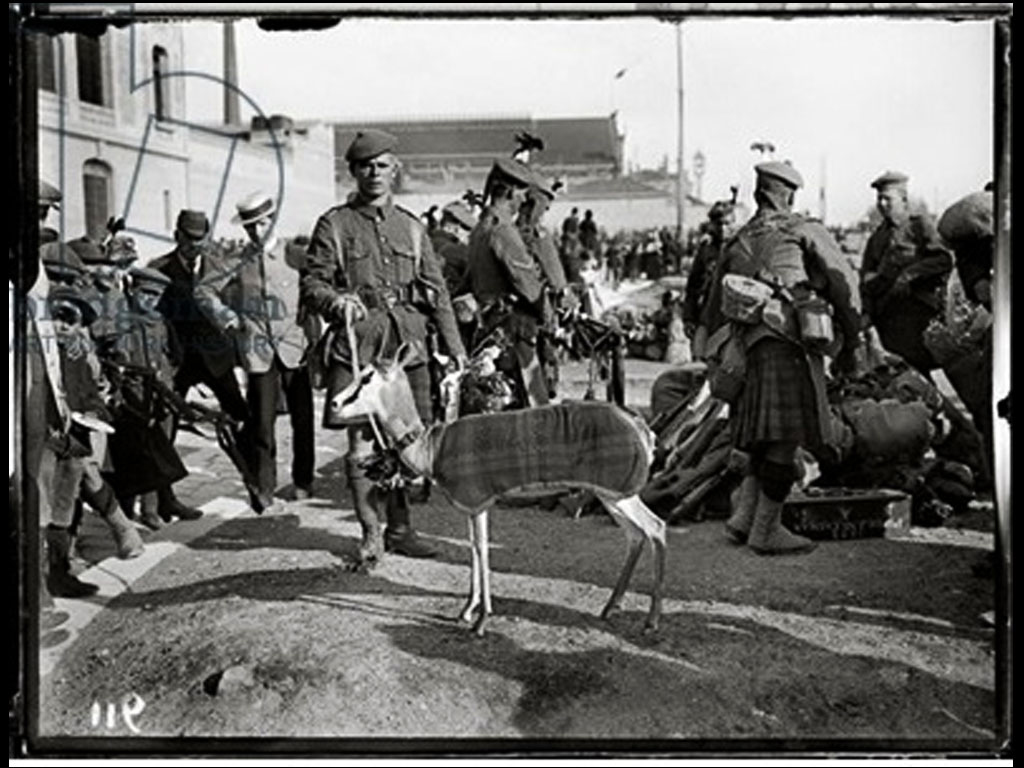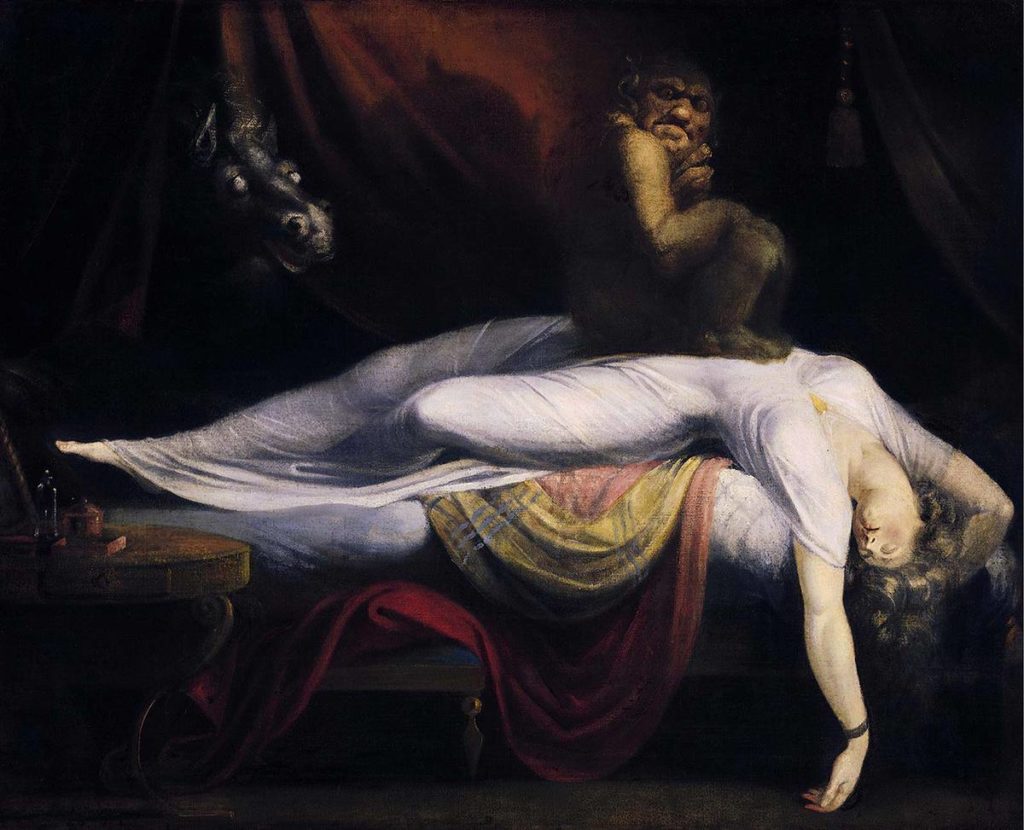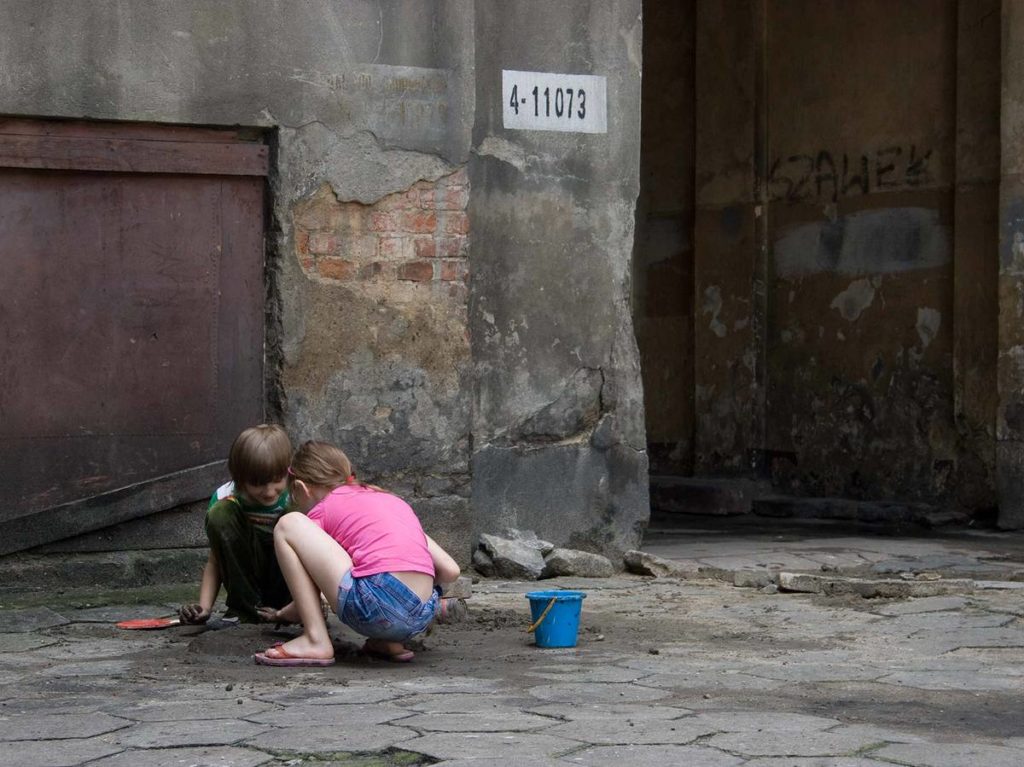ForTune is a radio show that came out at the end of 2018 and is regularly broadcast on *DUUU Radio by Eva Barto and Estelle Nabeyrat. The format? Looking at the artistic sphere as a world of work. With editorial rigour and fluent exchanges, the two hosts, themselves artists and curators respectively, address the, often precarious, conditions of most people working in the arts. All types of experience are confronted and listening to ForTune proves to be all the more necessary in this period of crisis.
Switch (on Paper): How did you come up with ForTune and what is the origin of the name?
Estelle Nabeyrat: ForTune came out of a rather haphazard wish. We wanted to create a space for debate and mobilization dedicated to working conditions in the art world. A mutual friend introduced us and we quickly developed a feeling of trust. We had already worked with the web radio *DUUU and their team immediately welcomed the project. ForTune imposed itself as a shared necessity, to explore behind the scenes of systems of representation. We wanted to contribute to a broader awareness of the artistic community, whose commitment goes beyond simply the condition of the work or the exhibition.
The name illustrates this conjunction in a sense. Of course, ForTune plays on the linguistic conventions that dominate in the field of art: in English, Fortune means the same as in French, referring to money but also to luck, and combined with “Tune” in the sense of melody, it’s very radiophonic word. For the record, the choice of the name is also linked to Dorothéa Lange’s exhibition at the Jeu de Paume at the time of the first broadcast, in December 2018. In 1947, the American photographer took a series of pictures of shipyard workers for the business magazine Fortune. Behind the glory and prosperity of the post-war years, her pictures depicted a completely different reality. The fact that a commission like that was financed by a magazine (created during the Great Depression) aimed at powerful businessmen is exactly the kind of paradox we are interested in critiquing. We imagined a space where it would be possible to deconstruct contradictions such as the publication of a report on the deplorable condition of workers in some big industries by and for the very people who organise the condition in the first place.
Switch (on Paper): Was there an emergency? In your first editorial of December 29, 2018, you talk about “freedom of speech”, speech that must be freed from all kinds of pressure sometimes described as “unworthy”. The word vulnerability often comes up.
Estelle Nabeyrat: ForTune has become a necessity. The general dissatisfaction of the artistic community has generated many initiatives over the last 2 years with different modalities and formats (Documentation.art, La coupure, the collectives Décoloniser les arts, Art en grève, La Buse…). The number of organizations reflects a pressing need for art workers to make known the difficulties they face. There’s a shared sense of anger about systemic injustices. The environment is socially divided, social climbing remains complicated despite a high level of general education. Salaries rarely match the level of experience. Legal frameworks offer little recourse, abuse takes advantage of situations of isolation. Art professionals often face a double penalty: those who strive to introduce more ethics often suffer the backlash of their commitment. It’s not uncommon for public statements by victims or witnesses to be followed by accusations by the persons concerned, with blacklisting by the circles that protect the accused. So we urge our stakeholders to be cautious. Although we are not neutral, we prefer to speak about contexts rather than people so as not to expose guests. On the other hand, ForTune is clearly positioned as a tool for sharing, understanding and deciphering. It is rooted in feminist and decolonial thinking.
Eva Barto: We were keen to make the reality of the environment visible, by tackling sometimes complex and controversial subjects that provoke debate during and sometimes after the programmes. Since our position is intended to be neutral in order to allow these exchanges, it’s clear that certain injustices that we are all witnesses to and sometimes accomplices to in spite of ourselves, have made us perhaps more transparent about our positions as the programmes progress.
Switch (on Paper): The main thread of ForTune is work. It is a very complex notion, that can be perceived differently depending on countries, eras or ideological models. How did you initially approach it and how has it evolved since then?
Estelle Nabeyrat: Failing to see the arts community as a professional environment and its activities as the result of work opens the door to abuse. Working for free is rife in our milieu; it makes art workers precarious and infantilizes them. Passion and visibility do not compensate for low income. The mythology is coming to an end and we hope to contribute to this process. In an ultra-liberal context, representatives of W.A.G.E.S in the United States have succeeded in an unparalleled tour de force, going so far as to get institutions to sign charters of good behaviour.
There have been different ideological responses to this state of affairs depending on the context and the era, but in many parts of the world there is a strong desire for the recognition of artistic work. Many organisations are emerging, particularly with the current health crisis. From now on, swapping your income for a bit of romanticism is no longer considered a fair deal.
Eva Barto: It’s interesting to see that even today some artists are unfortunately still the first to refuse the status of worker on the grounds that it prevents any form of creative freedom. This myth keeps the artist outside the realities of the work world and limits the convergence towards a whole section of society that is struggling. So it is necessary to use this term, to redefine it, and analyse what it implies. Of course, after each show, we come out with different but sometimes complementary visions. I’m thinking in particular of the first show which combined the reading of Julie Portier’s text “Passion Travail Passion” (published in La Belle Revue) with discussions on the need for a salary for art workers. The crisis we are going through is raising real awareness in the community because all its actors are weakened by it. We need to use it as a lever and continue to debate the issue of work, because the new emergencies are clearly going to impact this notion in a whole different way…
Switch (on Paper): You have chosen the radio format with *DUUU Radio as fairly long shows (from 2 hours 51 minutes to 4 hours 26 minutes). This is quite rare and pretty brave in a media world that tends to favour short formats.
Estelle Nabeyrat: The feedback is mixed but usually positive. With podcasts, everyone can listen in their own time. We felt there was an obvious need to leave room for debate. It doesn’t make sense to be bound to a journalistic format, especially since DUUU doesn’t impose any grid. The studio shows can be very long and we come out exhausted as if we’d just run a marathon, but we feel that the time allocated is necessary and beneficial.
Eva Barto: It’s also important not to give in to the constant demand to provide fast and efficient content. The art world wants to move fast and to dodge the most important issues. So it’s our mission to give our guests the time to really confront these issues.
Switch (on Paper): As you pointed out Eva in one of your talks, the difference in status between male and female workers in the art world is obvious, not to mention the differences in living standards. How do you manage to get everyone to sit around the same table?
Eva Barto: You see it in movements like Art en grève (Art on Strike) for example, the struggle is beginning to bring many art workers together, which is very stimulating, but the demands cannot be the same for people with contract status, curators, artists… This is a reality, and it’s important to be able to consider and clarify all these differences in status. We think it’s important to let the mixed nature of this milieu express itself, especially to learn lessons about what needs to be continued or changed.
ForTune was also designed for students, so that they can gain insight into the reality they will encounter, and so they can arm themselves accordingly. In light of some of the interventions in ForTune, we find out that students also have rights, and that they can assert them! Likewise, inviting or talking about people with contract status allows us to address the status of the artist and to consider unemployment insurance as an option for artists who do not yet benefit from it.
Estelle Nabeyrat: Yes, and then when everyone is “sitting around the same table”, no one defends free work, working for peanuts, copyright abuses, etc. This reality is untenable. When people are gathered together in the studio, we testify together and publicly to a state of affairs. It’s hard not to be mobilized against this sad reality.
Switch (on Paper): Your programmes are forums but also spaces – a kind of magazine – where you can discover texts by authors or a wide variety of cultural initiatives. How is this editorial tangle put together?
Estelle Nabeyrat: The show brings together different registers each time and we want to keep this diversity. We act as the spokespersons for an already active and polymorphous multitude. Critical subjects collide, risking confrontations and dead ends. But we feel that these areas of conflict are areas of constructive interaction.
We also feel free to adapt the format according to the subjects and contexts in which we have sometimes been invited (the Sodavi consultation workshops).
From the outset, we have insisted on this mix with different sections, but with a structure that is fluid rather strict: news updates, presentation of work, debates, readings of texts of all kinds. The music resonates with it. All this involves a real task of prospecting and preparation.
Eva Barto: These shows obviously demand a lot of research, as well as checking the facts we pass on, which is why it takes several months to put them together. The subjects are sometimes loaded and complex to produce, as we try to find specialists in the subjects we cover. So it’s important to us to propose freer formats, in the form of a series of testimonials for example (#ForTune in confinement or others to come).
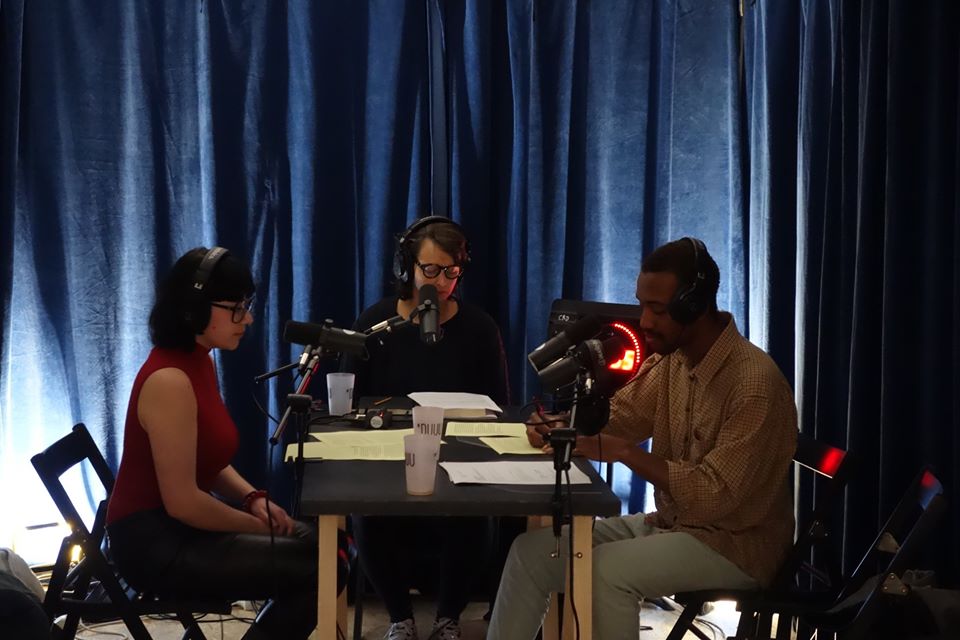
ForTune for students: Mathilde Dantec and Jean-Serge Sahll read a dialog written from the Superior National Art School from Dijon, France. From left to right: Mathilde Dantec, Estelle Nabeyrat, Jean-Serge Sahll. Studio *DUUU – La Villette, Paris. production: Gaspard Collin, march 2019
Switch (on Paper): Your second show was about art schools. We are witnessing the questioning of modes of governance, the establishment of charters of ethics and the fight against discrimination. Can we consider that these battles, which are very much alive in education today, will in the years to come overturn art systems – through a ripple effect? In particular, will they lead to significant changes in the professional world?
Eva Barto: It’s true that movements like MeToo have had a significant impact in art schools, and that certain taboos are starting to be lifted. Relationships of domination are being challenged, more or less adeptly, but at least they are being put on the table. It’s hard to make an estimation, but student engagement is crucial for the future of our statuses, which is why we need to create the conditions for them to deconstruct their myths and fight for their rights.
Visibility is clearly an issue when they graduate, so it’s difficult for students to be critical of the few opportunities available to them. Individualism has tended to prevail for decades, but current movements are proving that, if they unite, things can change.
Estelle Nabeyrat: The results are already tangible. There are more and more actions within exhibition formats devoted to young creation. What we have seen with this special student show is that throughout France, in art schools and universities, there is a lot of militancy. Emerging artists, future professionals who want to live in a fairer, more open, more inclusive working environment. Like their predecessors, they legitimately ask themselves how they’ll survive after school. The speakers demonstrated a great capacity to act on the structural environment they are involved in. I came out of the show feeling really optimistic, it felt like the dawn of a new era.
Switch (on Paper): In another show on the need for SODAVI (orientation schemes for the visual arts) you gathered recommendations to improve working conditions in the art world. What exactly did you take away from it?
Eva Barto: We agreed to cover SODAVI with the aim of echoing the initiatives carried out to upgrade the conditions of art workers, and in this particular case those of artists (it should be noted that curators and critics are granted even less consideration). We covered two workshops, including restitution, and right from the first broadcast we raised the issue of concrete resolutions, and the post-SODAVI period. Even if this initiative got people to open up, and allowed strong ideas to emerge and be heard, we regretted – as we made clear during the restitution – that the artists were in the minority and their voices were not really heard, and that the whole media apparatus will not lead to profound changes. We welcome the initiative, but the solution lies elsewhere.
Estelle Nabeyrat: There was a lot of enthusiasm on the part of the participants and organisers during the workshops. There was a general mobilization around the desire to improve working conditions. In fact, many people were already aware that times of sharing and pooling would be the key to this arrangement.
Switch (on Paper): Do you think that the multiplication of private foundations is an illusion that merely hides the desertion of public systems and that, deep down, the only thing they have invented is a way of promoting artists linked to well-established commercial systems, with no critical device whatsoever?
Estelle Nabeyrat: I think we have different views on this issue, and I am personally in favour of broader and more consistent support for the public system. But we also need to recognise that the arrival of new actors has made it possible to reshuffle some of the cards by also creating job opportunities. Of course, we need to be critical of foundations, which are sometimes disconnected from the social aspects of the environment and the context in which they operate. For all that, the public sector is not exemplary: precarious jobs, co-opting, abuse of power… I hope this era will soon be over. There are more and more actors who are keen to develop more ethical and respectful ways of operating. The critical device you’re talking about must undeniably be reinvested by the public sector, but it must not be limited to the field of representation.
Eva Barto: Private foundations are now seen as the solution to all our problems and prevent us from intellectually and structurally supporting our public systems. Some of them clearly contribute to the market system and especially to the exploitation of art workers (absence or low remuneration, the race for visibility). What’s more, they sometimes charge insane entrance fees, which reinforces the elitist vision we may have of art. It’s hard to generalise because some are more open than others. But it seems important not to content ourselves with models that take advantage of supporting contemporary art to benefit from the well-known advantages (tax exemption linked to patronage, art washing etc.). Refusing the money of big capital or the visibility “offered” by foundations is obviously complex because precariousness is very real and the subject needs to be discussed further to avoid a dichotomy of pros and cons. What’s important is to relentlessly put these questions on the table, in order to strengthen the solidarity between Art workers and think of alternatives to systems that decide for us.
Switch (on Paper): Your last show, on April 4, 2020, was very sober. It brought together the testimonies of a number of French and foreign artists in the midst of the health crisis. It comes as no real surprise to discover the precariousness of artists and authors. However, the reaction of governments to the crisis varies greatly. In Germany or Portugal, for instance, awareness of the status of author seems to be much more real than in France. But beyond this subject, which is much debated by social networks, don’t you think that art, artists and their rights are totally pushed into the background in the face of the health and soon social and economic emergencies?
Estelle Nabeyrat: That broadcast wasn’t easy to organise in view of the urgency of the health crisis. Of course, we asked ourselves whether it was justified. However, we and those around us are severely affected by the effects of lockdown and some are still uncertain about whether they can survive professionally through this ordeal.
We also need to remember that the artistic community does not operate in a vacuum. First, because many activities take place in public. We know that, as a result, a lot of professionals have been affected by the virus, especially after the fairs held just before the lockdown. Also, because in France there is no contract status in the visual arts. It is quite common for people in precarious employment in the arts to look for work in food stores, personal services, etc., food jobs that don’t just concern students. After the medical staff, service jobs are statistically the most exposed to Covid-19. Finally, many self-employed people have very low, irregular incomes, and are on welfare, which can have an impact on their housing conditions.
This means a large proportion of players in the sector are violently exposed to the health crisis. It was important for us to air these testimonials.
The crisis acts as an indicator of social inequalities. Compensatory measures and emergency aid are often insufficient. Although the government has proposed some aid for the cultural sector, it does not apply to everyone. You need to have already earned something to be eligible for aid, even though the majority of activities have been suspended until July.
The first private grants are aimed at certain types of artists, and possibly their galleries. Many of them, as well as curators, gallery owners, critics, directors, etc., do not know if they will recover from the coronavirus crisis. It bewilders me the way the rest of the art ecosystem has been ignored. The cultural sector is still considered to be on the margins of the economy. In a country that is as culturally dynamic and attractive as France, this is a sad fact.
Eva Barto: Indeed, the role of the show in the current context may seem out of step with the need to provide support to people in difficulty, carers etc. The need for a support fund for artists has also been debated in the art community, because it would be coherent to ask whether the money shouldn’t be directed towards the people at the heart of the crisis today. But culture is clearly going to be impacted, and if we don’t act, a whole part of the cultural sector, and many of its workers, will not get back on their feet.
Translation by Angela Kent
Cover: ForTune at Sodavi #1 (Schéma d’Orientation pour le Développement des Arts Visuels), Jeu de Paume, Paris. From left to right: Giuliana Zefferi, Eva Barto and Estelle Nabeyrat, production: Gaspard Collin, June 2019
